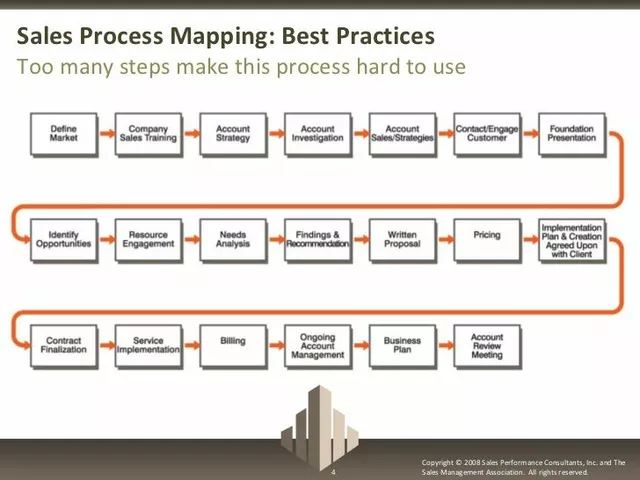Bedtime vs Morning Dosing: How Timing Reduces Daytime Side Effects of Blood Pressure Medications
November 20 2025Bronchospasm Causes: What’s Making Your Airway Tight?
Ever felt a sudden tightness in your chest that makes it hard to breathe? That’s a bronchospasm – the muscles around your airways contract and narrow the passage for air. Knowing what sets it off can help you stop the cycle before it starts.
Common Triggers That Lead to a Bronchospasm
Allergens are a top culprit. Pollen, dust mites, pet dander, and mold spores can irritate the lining of your lungs and provoke a spasm. If you’ve noticed symptoms flare up during spring or after cleaning, the allergen link is probably real.
Cold air is another sneaky trigger. Breathing in chilly, dry air can cause the airway muscles to tighten, especially if you’re exercising outside in winter. A quick tip: cover your mouth with a scarf or mask when you head out.
Infections like the common cold, flu, or bronchitis inflame the airway lining, making it more sensitive to spasms. That’s why a simple cough can turn into a full‑blown breathing problem.
Exercise‑induced bronchospasm (EIB) hits many people who push themselves hard. Running, swimming, or even a vigorous gym session can lead to a tightening feeling a few minutes after stopping. Warm‑up and cool‑down routines, plus a rescue inhaler if prescribed, often keep EIB in check.
Smoking – both active and second‑hand – irritates the airways and fuels chronic inflammation. If you smoke, quitting is the single most effective move to cut down bronchospasm episodes.
Some medications, like beta‑blockers, aspirin, or non‑steroidal anti‑inflammatory drugs (NSAIDs), can provoke spasms in sensitive people. Always let your doctor know about any reactions you’ve had.
Acid reflux (GERD) can also reach the throat and lungs, causing irritation that leads to spasms. If you notice breathlessness after big meals or lying down, it might be reflux.
How to Reduce Your Risk and Keep Breathing Easy
First, track your symptoms. Write down when a spasm occurs, what you were doing, and any exposures. Patterns soon emerge, making it easier to avoid triggers.
Second, protect yourself from allergens. Use hypoallergenic bedding, keep windows closed on high‑pollen days, and run a HEPA filter in the bedroom.
Third, stay warm in cold weather. A breathing mask or scarf helps humidify and warm the air before it hits your lungs.
Fourth, keep up with vaccinations. Flu and pneumonia shots lower the chance of respiratory infections that can spark a spasm.
Fifth, talk to your doctor about inhaled bronchodilators or anti‑inflammatory inhalers. Having a rescue inhaler on hand can stop a spasm before it becomes an emergency.
Lastly, consider lifestyle changes: quit smoking, lose excess weight, and manage stress. Even simple breathing exercises can calm the muscles around your airways.
Knowing the common bronchospasm causes gives you the power to act before your chest tightens. Keep an eye on triggers, use preventive measures, and stay in touch with your healthcare provider. Your lungs will thank you.
 23 Sep
23 Sep
How Smoking Triggers Bronchospasm: Causes, Risks, and Management
Explore how smoking leads to bronchospasm, its impact on asthma and COPD, risk factors, diagnosis, and practical steps to prevent and treat airway narrowing.
Read More...




